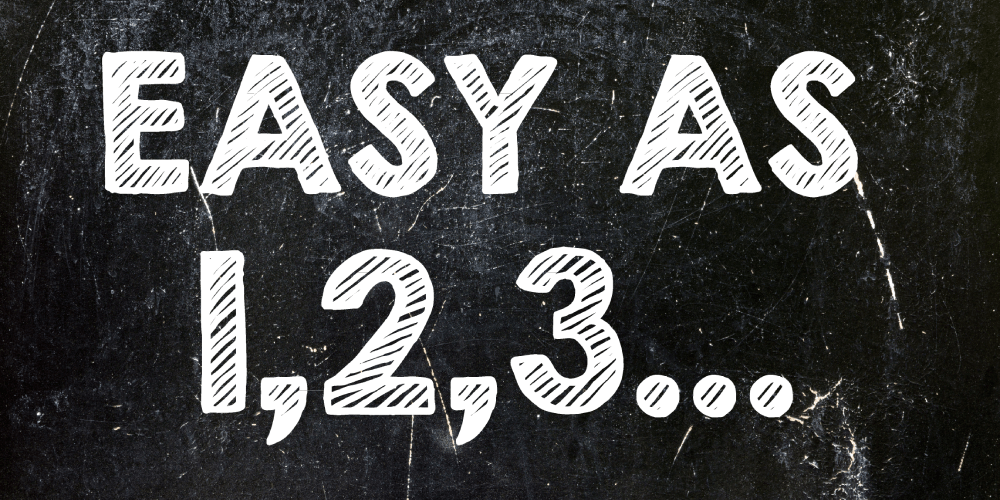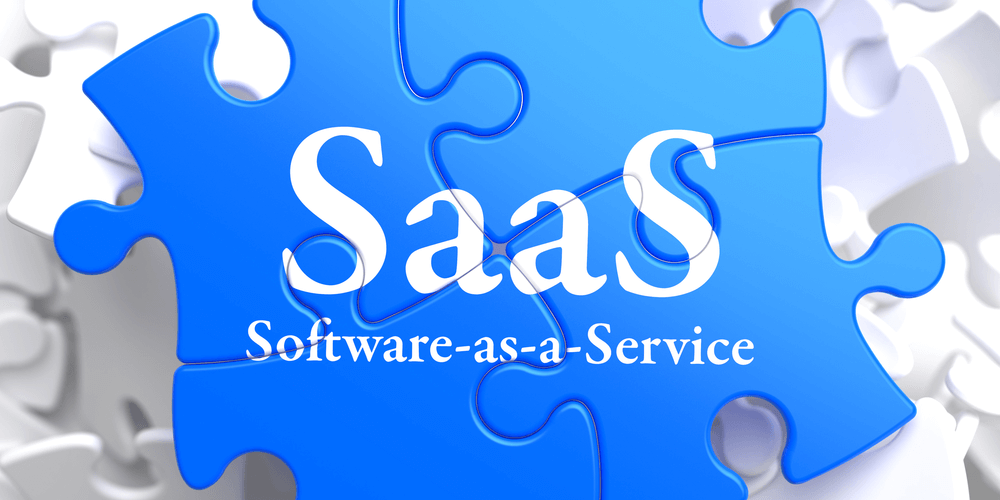The Top Questions MSPs Ask When Evaluating Cloud Billing Automation
Managing billing used to be a lot easier before the arrival of cloud computing. There were no variable recurring charges, you didn’t have to account for cloud resources by the byte and the second, and there wasn’t a continuous stream of customer requests to flex services—just neat fees for a tidy contract, typically billed upfront.
But, while cloud billing has brought more complexity, it’s also brought rewards—including the promise of predictable recurring revenue and long-term customer relationships. 80% of MSPs worldwide now drive a portion of their income from recurring services. In the US, 64% of channel partners report that recurring revenue is the main contributor to their growth. Customers’ appetite for cloud is making the global market buoyant. Worldwide spending on public cloud services and infrastructure is predicted to increase from US$229 billion in 2019, to reach nearly $500 billion in 2023, reports IDC—giving MSPs even greater incentive to sell more of it.
MSPs must, however, get the fundamentals of cloud billing right to successfully transition their customers to cloud services. Billing, as every MSP knows, can make or break customer relationships, and no MSP wants to deal with the time-consuming, error-prone manual processes associated with complex cloud billing calculations. It’s better to delight customers with a solution that can manage billing processes in a seamless and streamlined way for every product, service, and subscription.
This requirement is prompting many MSPs to go online and research billing automation tools. Here are the most common questions we get from MSPs on this quest.
1. Can I get complete billing and automation accuracy?
The short answer to this question is yes. But a system that delivers full billing and automation accuracy is a taller order than you might imagine. The dream is for a speedy and efficient system, where you ‘set and forget’ prices and margins for all of your services. A system that can successfully process vast amounts of cloud and customer data without faltering when a vendor spontaneously removes a SKU, or too many customers log on to make subscription changes.
The billing system that you use needs to be able to quickly recalculate changes so that billing totals and billing breakdowns always report the latest and most accurate data, for you and your customers.
We hear many troubling stories from MSPs that describe significant revenue leakage. The only way to stop the leaks and ensure that billing is accurate is to use one system to manage everything you’re selling. This way, critical information, and actions don’t get logged and lost across different systems and processes. You can track, manage, and view your transactions and billing from one place.
The solution you choose must be robust, so you should check your billing solution provider’s SLAs and ask them for customer references. Make sure that the new billing tool can manage every product and service across your portfolio, as well as the various flexible pricing and payment options you aim to offer.
2. How can automated billing help my business scale?
As MSPs add more customers and sell more services, they often become obstructed by the limitations of their existing business systems and processes, which start to break past a certain revenue point.
Being able to scale means being able to comfortably align with, accommodate, and support the complicated billing models that more vendors and distributors are advertising. This includes fixed and variable recurring charges and consumption-based billing. Managing cloud billing manually—using different vendor portals, internal business systems, and spreadsheets—is time-consuming and error-prone, and becomes increasingly costly and unsustainable the more you grow.
Billing automation is the only way to eliminate errors, cut costs, scale, and see a fair margin on the sale of cloud services. A quality billing solution should be able to integrate with all your other business systems to support your business’s growth, allowing you to easily add new services and support many more customers over time.
3. What will the return-on-investment be?
Because automation is doing most of the heavy lifting, the costs associated with processing billing should drop significantly, saving your team time and keeping your staff headcount stable, even as you expand your offer.
Your customers will be happy because they can rely on accurate invoices that arrive on time. It is even better if you can give your customers online access to their billing information. Cloudmore, for example, can provide easy-to-understand usage and cost breakdowns that are updated in close to real-time. This ability to check-in and view costs significantly reduces incoming customer billing queries.
How fast you ultimately get your ROI depends on the automation solution you choose. A user-friendly SaaS billing solution should enable you to import your existing customer data, including customer records, service details, existing subscriptions and historic billing information in a matter of hours, allowing you to get started with automated billing very quickly.
4. What should I expect to pay for a billing automation solution?
Make sure that the pricing model your solution provider uses is transparent and predictable so that charges for things like consulting, onboarding assistance, support, and bespoke services don’t creep out of the woodwork. In terms of concrete numbers, the price you pay would normally be between 1.5% and 2.5% of overall sales. Ultimately, the solution you buy should save you money, making your billing processes cost-effective, more efficient, and highly scalable.
To find out more about automated billing for MSPs,
why not read our billing automation guide?
Share this
You May Also Like
These Related Stories

7 Ways Cloudmore Can Help MSPs With Billing

MSPs: Are You Clear on Your Cloud Costs and Margins?


